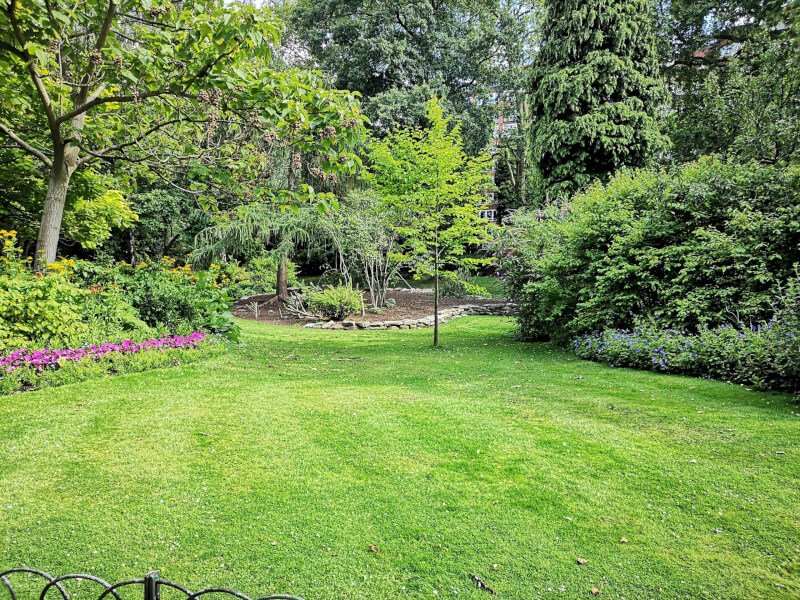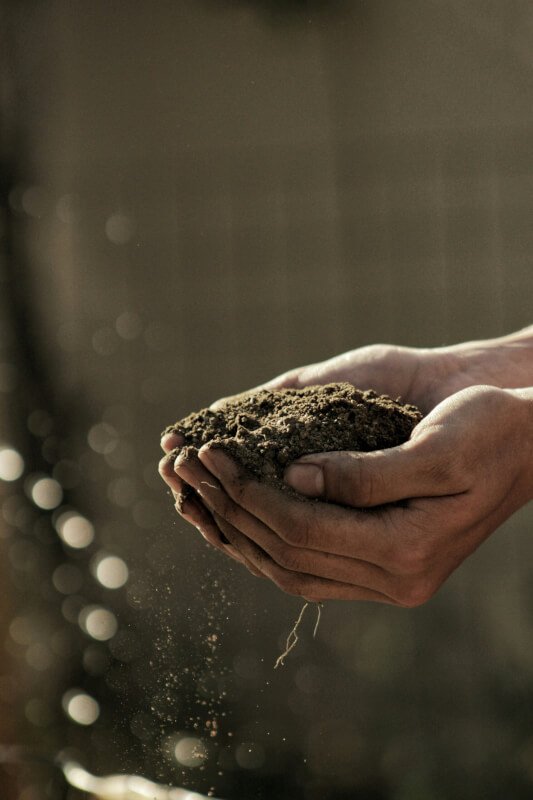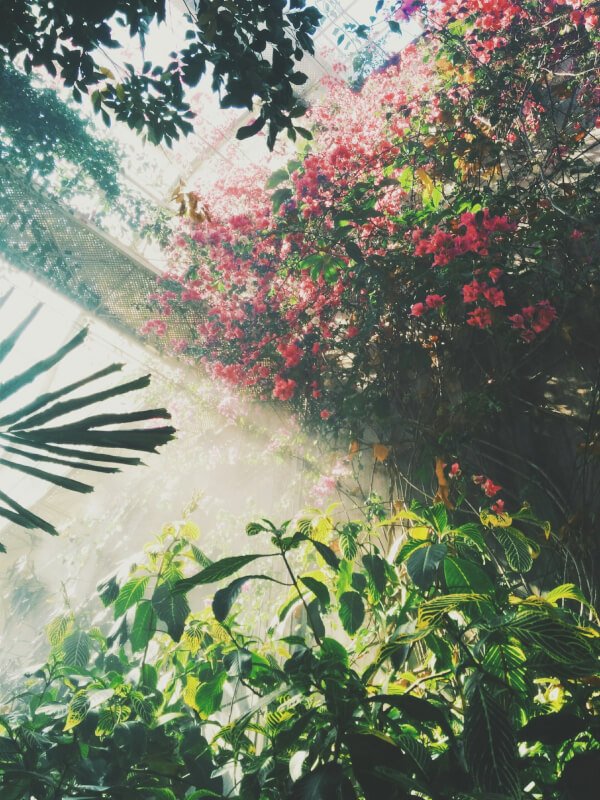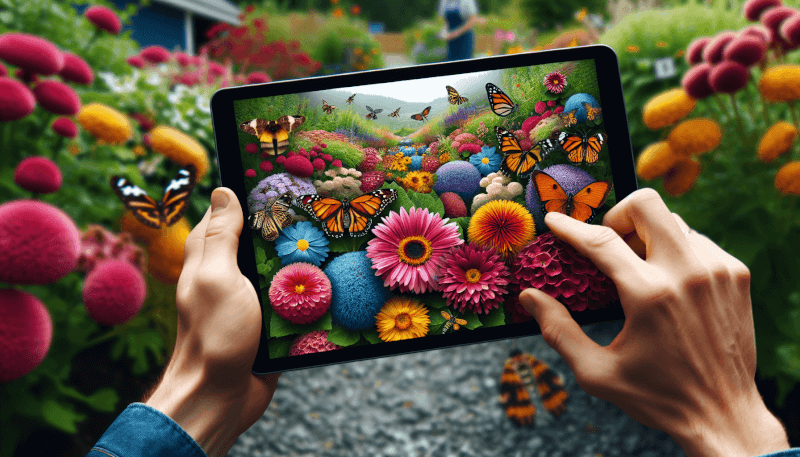If you’re looking to bring more life and vibrancy to your garden, why not consider attracting pollinators? These tiny heroes play a crucial role in the plant kingdom, pollinating flowers and ensuring the continuation of many species. Thankfully, there are numerous DIY methods you can utilize to create an inviting environment for these important visitors. From planting native flowers to building homemade bee houses, these simple and affordable techniques will not only beautify your garden but also provide a safe haven for pollinators to thrive. Get ready to witness a kaleidoscope of colors and buzzing activity right outside your doorstep!
Plant Native Flowers
When it comes to attracting pollinators to your garden, one of the most effective things you can do is to plant native flowers. Native flowers are adapted to the specific climate, soil, and pests in your area, making them an ideal food source for local pollinators. Do some research to find out which native flowers are best suited for your location. Look for flowers that are both beautiful and beneficial, and choose a variety of shapes and sizes to accommodate different types of pollinators. This will ensure that you attract a diverse range of bees, butterflies, and other beneficial insects to your garden.
Provide a Water Source
In addition to providing nectar and pollen-rich flowers, it’s important to offer a water source for pollinators. Adding a birdbath or a shallow container filled with fresh water will provide a much-needed hydration station for these hardworking creatures. Remember to keep the water clean and fresh by changing it regularly to prevent the growth of bacteria and mosquitos. To make the water source even more inviting, you can place rocks or twigs in the container for perching. This will give pollinators a place to land and rest while they take a quick sip of water.

Create a Pollinator-friendly Habitat
Pollinators need more than just food and water – they also need a safe and welcoming habitat to thrive. Leaving some areas of bare ground in your garden can provide nesting sites for ground-nesting bees. You can also offer additional shelter by placing rocks or wood piles where pollinators can find refuge. Creating a diverse range of plants will further enhance your garden’s appeal to pollinators. Choose a mix of flowering plants, shrubs, and trees that bloom at different times throughout the year. This will ensure a constant supply of food for pollinators and support a healthy and thriving ecosystem in your garden. Lastly, avoid using chemical pesticides, as they can be harmful to pollinators. Instead, opt for natural pest control methods to keep your garden free from unwanted pests.
Use Colorful and Fragrant Plants
To truly attract pollinators to your garden, make sure to include a variety of colorful and fragrant plants. Bees, butterflies, and hummingbirds are especially attracted to bright colors, so choose flowers in shades of blues, purples, pinks, and yellows. Additionally, many pollinators are drawn to scented flowers, so consider planting herbs and flowers with aromatic blooms, such as lavender, rosemary, and jasmine. Including flowers with tubular shapes, like bee balm or trumpet vine, can also entice hummingbirds to visit your garden. By incorporating a vibrant and fragrant mix of plants, you’ll create an irresistible pollinator paradise.

Add a Butterfly Feeder
To provide an extra treat for butterflies, consider adding a simple butterfly feeder to your garden. You can make one using a shallow dish or plate filled with a sugar water solution. The sweet solution will attract butterflies and serve as a supplemental food source, especially during times when nectar-rich flowers may be scarce. Place the feeder in a sunny location to make it easily visible for butterflies. Don’t forget to clean the feeder regularly to prevent the growth of mold or bacteria. This easy addition to your garden will not only attract butterflies but also provide you with the joy of observing these beautiful creatures up close.
Grow Milkweed Plants
If you’re interested in attracting monarch butterflies to your garden, growing milkweed plants is a must. Milkweed is the only plant that monarch butterfly larvae eat, making it essential for their survival. There are various milkweed species available, so choose a few varieties that are suited to your climate and soil conditions. Plant the milkweed in a sunny spot with well-draining soil, and watch as it becomes a vital food source for monarch caterpillars. By including milkweed plants in your garden, you’ll not only support the monarch butterfly population but also create a stunning landscape for everyone to enjoy.

Provide Shelter for Bees
Bees are not only important pollinators, but they also need suitable habitats to thrive. One way to support bees is by creating a bee house. You can easily make one by bundling hollow reeds or placing pieces of bamboo in a small, weather-resistant container. Position the bee house in a sunny spot, preferably facing south or southeast, to provide warmth and protection. Keep the house dry by placing a roof or overhang above it and sheltered from strong winds. By offering a safe and cozy home for bees, you’ll be encouraging their population growth and ensuring the continued pollination of your garden.
Include Host Plants for Butterflies
To attract butterflies and support their entire lifecycle, it’s important to provide host plants in your garden. Host plants are specific plants that caterpillars feed on and lay their eggs on. Different butterfly species have different host plant preferences, so do some research to find out which host plants are suitable for the butterflies in your area. Planting host plants will not only provide a food source for caterpillars but also encourage adult butterflies to visit your garden to lay their eggs. By including these vital plants, you’ll be fostering the complete life cycle of butterflies and enjoying their delicate beauty throughout the seasons.

Avoid Chemicals and Pesticides
When creating a pollinator-friendly garden, it’s crucial to avoid using chemicals and pesticides. These substances can be harmful to pollinators and can disrupt the delicate balance of your garden ecosystem. Instead, choose organic gardening methods that emphasize natural pest control and encourage the growth of beneficial insects. Introduce companion plants that repel pests or attract pest predators. Practice proper soil and plant health management by providing the right nutrients and conditions for plants to thrive. By cultivating a chemical-free garden, you’ll create a safe haven for pollinators and ensure the long-term health of your garden.
Educate Yourself and Others
To make a lasting impact on pollinator conservation, take the time to educate yourself and others about these important creatures. Learn about the different pollinator species in your area and their specific needs. Understand the challenges they face due to habitat loss, climate change, and other factors. Share your knowledge with friends, neighbors, and community members to raise awareness about the importance of pollinators and the actions we can take to protect them. Consider joining local gardening or conservation groups to collaborate with like-minded individuals and collectively work towards creating pollinator-friendly spaces. By becoming an advocate for pollinators, you’ll contribute to the preservation of these vital creatures and inspire others to do the same.
In conclusion, attracting pollinators to your garden doesn’t have to be complicated. By following these DIY methods, you can create a welcoming and vibrant habitat for bees, butterflies, hummingbirds, and other pollinators. Planting native flowers, providing water sources, creating diverse habitats, using colorful and fragrant plants, adding butterfly feeders, growing milkweed, providing shelter for bees, including host plants for butterflies, avoiding chemicals and pesticides, and educating yourself and others are all effective ways to attract and support these essential creatures. So roll up your sleeves, get your gardening gloves on, and get ready to enjoy a thriving and pollinator-filled garden!



